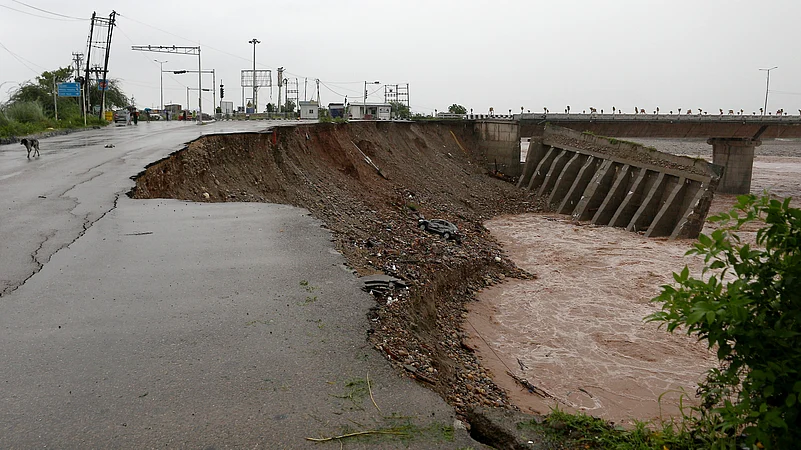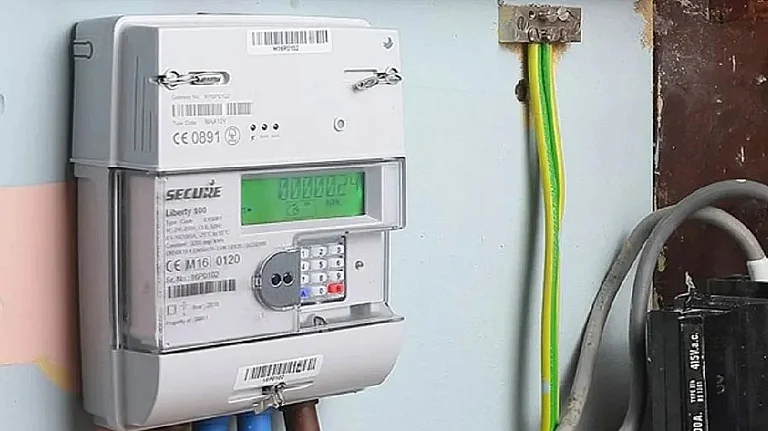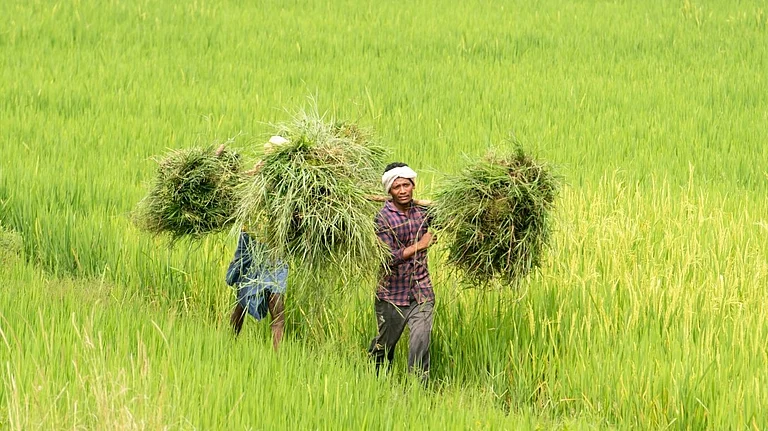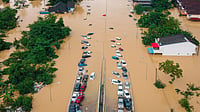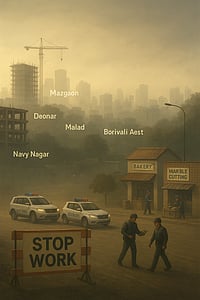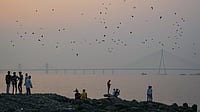
Torrential rains trigger landslides, flash floods, claiming at least 30 lives in J&K.
Thousands evacuated as rivers overflow; communication outages hinder relief and rescue efforts.
Rising western Himalayas temperatures amplify precipitation, increasing frequency and intensity of disasters.
Heavy rains caused a landslide near the Vaishno Devi shrine in Jammu and Kashmir, claiming at least 30 people. The rain and flash floods also wreaked havoc in Kashmir Valley impacting the infrastructure severely.
According to The Hindu, thousands of people were evacuated from low-lying flooded areas as torrential rains pounded the region for the fourth consecutive day on August 27.
A rescue operation is still ongoing along the Mata Vaishno Devi Shrine route near Adhkuwari, where a landslide struck on August 26, killing nine pilgrims and injuring 21 others, officials told The Hindu.
They said a flash flood washed away 10 residential houses and a bridge in remote Margi area of the Kishtwar district, however, no casualty was reported. Over 12 paramilitary personnel were also trapped in the flooded Lakhanpur village in the Kathua district, and efforts are underway to shift them to safety, officials confirmed to The Hindu.
Rivers Overflow, Rescue Races
The non-stop rains in most parts of the Jammu region over the past 24 hours with almost all water bodies, including Tawi, Chenab, Ujh, Ravi and Basanter, overflowing with water levels going above the danger level.
Kashmir valley also experienced heavy rains overnight where the main Jhelum river has crossed the flood-alert mark of 21 feet at Sangam in the Anantnag district, and was just two feet below the flood-alert mark of 18 feet downstream at Ram Munshi Bagh in Srinagar on the morning of August 27.
This comes days after the flash floods due to a cloudburst hit Kishtwar district’s Chisoti, the village en route to the Machail Mata temple, on August 14, killing 65 people, mostly pilgrims and injuring more than 100 people.
The Union Territory is also struggling with communication outages due to the damage caused by heavy rainfall. J&K Chief Minister, Omar Abdullah wrote on X that the region is facing “almost non-existent communication”, with slowed network connection leading to delayed exchange of text messages and no browsing.
"Still struggling with almost non-existent communication. There is a trickle of data flowing on Jio mobile but no fixed line WiFi, no browsing, almost no apps, things like X open frustratingly slowly, WhatsApp struggles with anything more than short text messages. Haven’t felt this disconnected since the terrible days of 2014 & 2019," the Chief Minister wrote on X.
The India Meteorological Department (IMD) wrote on X that widespread thunderstorms are affecting the region. Severe convection, with heavy rain, thunderstorms, and possible hail, is affecting areas including Jammu, RS Pura, Samba, Akhnoor, Nagrota, Kot Bhalwal, Bishnah, Vijaypur, Purmandal, and parts of Kathua and Udhampur. Moderate rainfall indicating light to moderate rainfall has been reported in Reasi, Ramban, Doda, Billawar, Katra, Ramnagar, Hiranagar, Gool, Banihal and the surrounding areas.
According to The Indian Express, the rising temperatures in the western Himalayas—more than twice the average global increase—combined with changes in the nature of western disturbances, are significantly amplifying precipitation intensity and frequency in J&K. This is giving rise to more frequent and severe floods and landslides.





